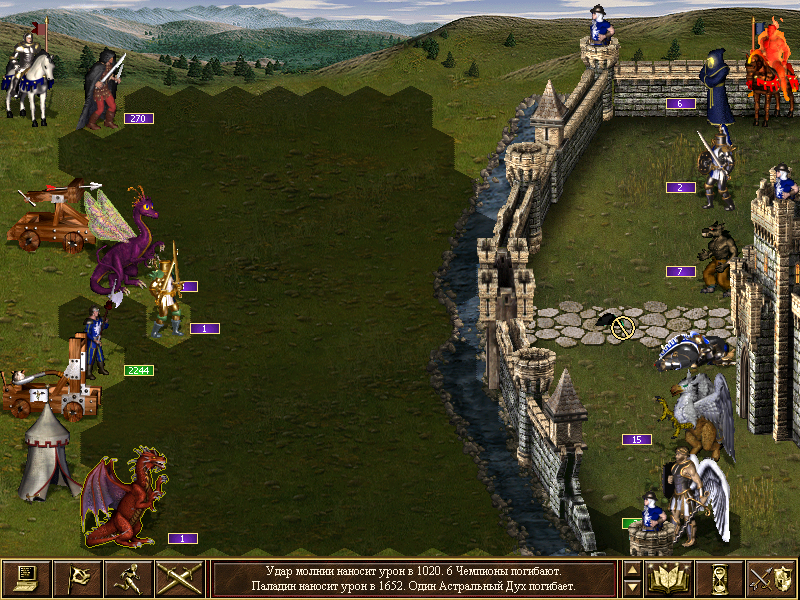Heroes 375 Wog Torrent

2019-03-01 -Free-Threaded-Swing-Check-Valve-150-PSI-Non-Shock-WOG/819581980.
Power classifications and the accompanying number ratings are used by the to quickly identify threats and adopt strategies, although it’s used by others as well, including by capes in India. Each classification is matched with a number, where higher numbers pose a greater threat to public safety. In theory, power classifications are only intended to rate the threat posed by the power - not the user's skill or any other factor.
Nor are they intended to rate the 'power level', usefulness, or raw strength of an ability; just the threat it poses to PRT personnel and civilians. However, in practice they are often used poorly, or simply to cut through 'red tape' and justify treating a parahuman a certain way. Contents [] Current classifications In modern day, the PRT has twelve different categories: Classification Meaning Has a power enhancing mobility.
Soldatskij prazdnichnyj marsh * dlya duhovogo orkestra, fa minor (Nikolaj Ponomarev) 2. Marsh * dlya duhovogo orkestra, na temy pesen V.Basnera (Valentin Volkov) 3. Sportivnyj prazdnik * marsh dlya duhovogo orkestra, mi bemol mazhor (Severian Ganichev) 4. Stroevoj marsh * dlya duhovogo orkestra, re bemol mazhor (Vladimir Gordeev) 5. Write something about yourself. No need to be fancy, just an overview. No Archives Categories. 
Has a power with an area of effect. Has enhanced strength or durability. Can shift into another state. Can control others or create minions. Can create or alter devices with futuristic technology.
Is a ranged, offensive threat. Focuses on information gathering. Has a power that is melee-ranged or touch-based. Can alter their form or appearance. Can manipulate powers in some capacity. Windows 7 ultimate gamer edition x64. Focuses on stealth or infiltration.
It’s possible for parahumans to receive hybrid and sub-classifications. Hybrid ratings are issued if two or more aspects are irrevocably linked and are designated with a slash, while sub-ratings are given if a power has side-effects or applications that belong in another category.
These are placed within parentheses. It’s possible for the number assigned to sub-ratings to exceed the number assigned to the main power. History The classification system was initially created by the PRT ground-patrol and response teams in to classify villains. Over time, the system was used to classify all parahumans, and as many thirty categories were added to account for all the different types. As the time passed, it was discovered that certain strategies were valid against broad groups of parahumans and classifications were condensed until twelve groups were left.
Only two of the older classifications have been expanded upon: The classification, which dealt with parahumans that could alter their appearance within human norms, and the designation, which covered Shakers with Blaster-like offensive potential and Blasters with Shaker-esque radius and potential for damage. Other named older classifications include Catcher, Brick, Shaper, Razor, and Controller. Number ratings The numbers assigned to classifications are not an indication of raw strength of an ability.
Rather, the number rating is a ballpark scale indicating the threat to a team. As such, the numbers also take into account the possibility of harm, but also panic. Exceptionally high or low degrees of control are important to take into account: The first for the possibility of targeting specific team members or civilians, the second for the dangers of collateral damage or aftereffects. While the number scale starts at one and rises up with no hard limit, it’s also possible to receive a rating of zero, or even a negative rating.